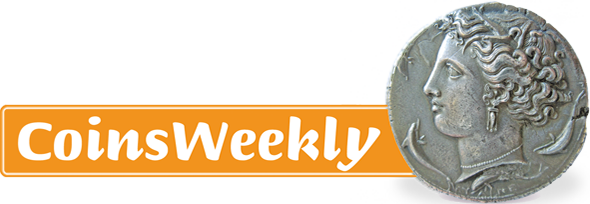Christians fight against Christians with the assistance of the Turks
It is an unspectacular coin, that testimony of the culminating conflict between France and Spain, between Francis I and Charles V. …
It is an unspectacular coin, that testimony of the culminating conflict between France and Spain, between Francis I and Charles V. …
Why was it that Renaissance rulers went to Italy to seek good fortune? Why was it that thousands of ducats and thaler were spent on mercenary soldiers? This article gives an insight into the war between Francis I of France and Charles V of Italy…
The numismatic history of South America is as fascinating as its political turmoils between the Spanish Conquista and the fight for independence. The Lissner Collection has gathered innumerous numismatic gems and thus illustrates perfectly this intriguing history.
A lot of coin collectors are insecure when it comes to judging the condition of a coin. This article offers an introduction to this high art…
“Slabs“, that is how Americans call the small plastic boxes where coins are welded in, against a fee, after a procedure called grading. What is behind that? What advantages has that system? What problems?
During the cultural revolution Peter the Great brought Russia, not only institutions were put in the crosshairs but the country’s population as well. The beard had to go – literally speaking…
King Louis’ I “historic thaler” made impression in Russia and left it’s marks. Tsar Nicholas I struck similar coins with his family on the reverse. How this happened and why there are five different types you can read here…
On June 20, 2012 in Schaffhausen an exhibition was opened in occasion of 25 years Sturzenegger Foundation. In these years the numismatic department too has received many important acquisitions as for instance this jefímok on a Schaffhausen taler from the Tobler collection.
On 4 October, 2014, auction house Künker will conduct its 10th sale of orders and decorations under #253 in Osnabrück. Part of the sale is a piece that breaks all records. The insignia of the Imperial Order of St. Andrew the Apostle the First-Called are estimated at 750,000 euros!
Peter III had ruled Russia for just six months. For this reason virtually all of his coins are rare. Künker will offer a very rare 10 rouble piece of that ruler in his sale 264 on June 25. It depicts Peter Prussian-style.
We are the bridge connecting the international numismatic world. Our readers include collectors, professional coin dealers and researchers, as well as all those involved in coin production. We are read in 170 countries! We provide you with information on everything you want to know about the subject of money – from antiquity to the present day. And much more...
Follow us
You need to load content from reCAPTCHA to submit the form. Please note that doing so will share data with third-party providers.
More InformationYou are currently viewing a placeholder content from Facebook. To access the actual content, click the button below. Please note that doing so will share data with third-party providers.
More InformationYou are currently viewing a placeholder content from Instagram. To access the actual content, click the button below. Please note that doing so will share data with third-party providers.
More InformationYou are currently viewing a placeholder content from X. To access the actual content, click the button below. Please note that doing so will share data with third-party providers.
More Information